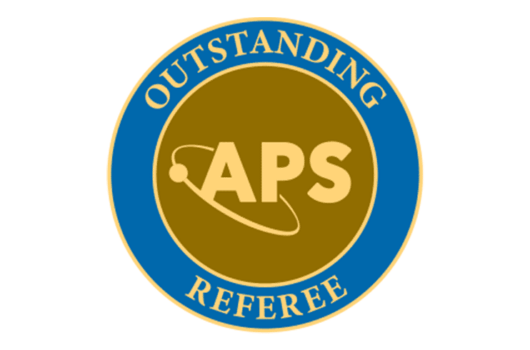Community Support
The Physics Frontier Center N3AS has undertaken a number of activities to support the broader nuclear and particle astrophysics community, US and international.
One of N3AS’ goals is to strengthen the subfield’s general infrastructure through activities that engage the broader community, and by partnering with others to support their activities.
Postdoc and Student Professional Development
An important goal of N3AS is help young researchers interested in multi-messenger astrophysics to advance in the field. Our current activities include:
An annual summer school for advanced graduate students and beginning postdoctoral researchers interested in theory, experiment, or observations. The school is designed to provide students with a broad overview of the field, helping them see the connections of their work to that of others. It also creates an opportunity for the students to form networks that, in some cases, can last for the duration of their careers. N3AS covers the local costs (room, board, and transportation to/from the airport) of participating students, in addition to lecturer costs. Participation is dominantly from the US, though international participation is growing.
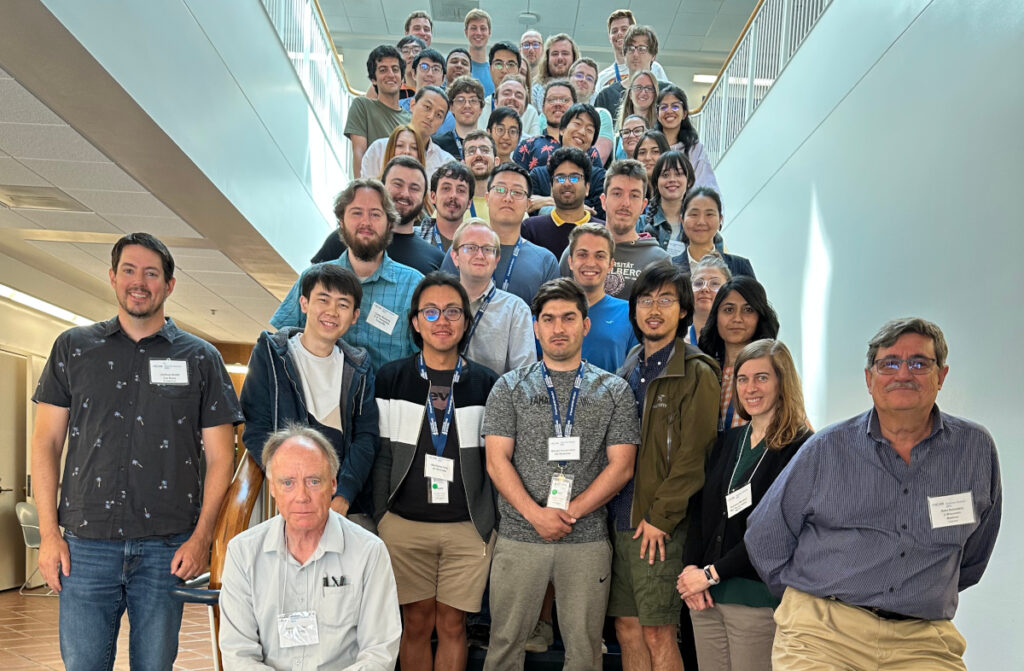
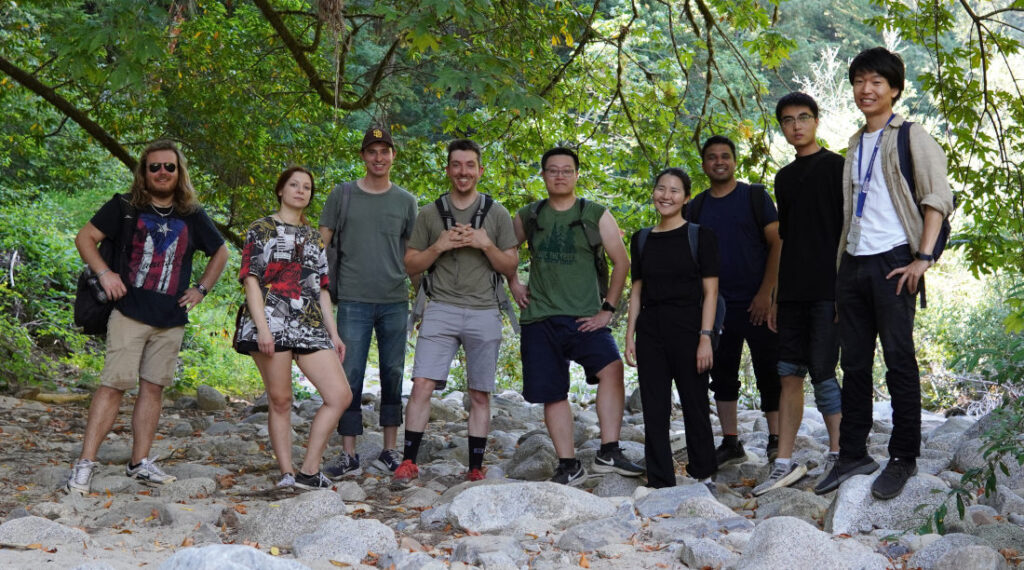
2023 summer school cohort
An undergraduate introduction-to-research program in which N3AS postdocs and certain faculty work with undergraduates, giving them a research home and supporting them in their pursuit of a Physics BA. The program includes many scientific and social activities designed to increase student knowledge and confidence. An important target group is students who transfer from community colleges at the start of their junior years, who often need both academic and social support as they enter a very competitive research university environment. The program currently supports approximately 20 UC Berkeley students, and will begin expanding to two other sites in the coming year. As the transfer student population is significantly more diverse than their four-year counterpart, the program can contribute to making physics more representative of the broader community. The “product” of this program is a larger and more diverse pool of post-BA astrophysicists who continue in graduate school, join industry, or find other paths that utilize their research training. The program operates at both the Berkeley and University of Washington sites and includes, in addition to the standard academic year program, opportunities for students to continue their research in the summer, on a part-time basis.
Postdoctoral model: The N3AS model gives postdocs unusual freedom to pursue their physics and build collaborations of most interest to them. The postdocs have the freedom to work with N3AS faculty members, or with non-N3AS researchers they select. They are given substantial travel budgets to enable them to sustain long-distance collaborations. The goal is to create a group of broadly educated group of postdocs who, on leaving N3AS, are ready to compete for faculty positions in the increasingly multi-disciplinary fields of nuclear and particle astrophysics.
While the postdocs are distributed over 13 institutions, the program is structured so that the postdocs act as members of one group, interacting weekly via Zoom journal clubs and seminars, and meeting periodically at N3AS and other workshops and schools, and at the N3AS annual meeting. Both collaborative and social ties are formed.
Postdoctoral professional development: N3AS has a postdoc-run professional development committee, with faculty advisors, to help the students gain the professional skills they need to advance in the field. This includes best practices in preparing and presenting talks, creating CVs, and interviewing. As the postdocs are the mentors for many of our undergraduates, they also gain experience research supervision and teaching. N3AS provides a variety of resources to help the postdocs gain the skills they need, including sponsoring participation in various “best-practices” in-person teaching short courses and maintaining an archive of online resources.
Scientific outreach and support
N3AS activities are open to the broader scientific community. We are also eager to partner with others, adding our resources to those others may have to strengthen the infrastructure that supports our community. Examples include:
Our bi-weekly Zoom seminars in which we invite outside speakers to present their latest work, which is then broadcast to N3AS members and a larger group of affiliates.
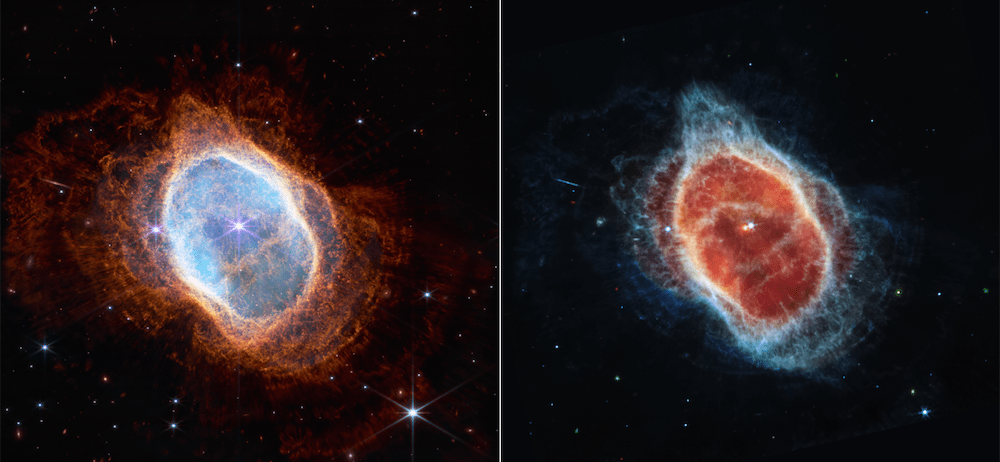
Prepared by Anna M. Suliga
Example of the articles N3AS Fellows release monthly, describing recent research at a nontechnical level. This allows N3AS to reach a wider audience, and gives the fellows experience writing in this format.
Popular summaries of our research, designed for beginning students and the public. Each month one of our research papers is rewritten at a Scientific American level, then posted prominently on our web site, to promote broader understanding of what we do and why it is exciting. We also maintain a archive of popular science articles written by others.
Our workshops: All N3AS workshops are open to the community. We also welcome collaboration with others, and in the past have jointly sponsored activities with the INT and KITP. Workshop organizers have a budget that allows them to support the local costs of community participants. Workshop suggestions are reviewed by the N3AS executive committee, which welcomes input from N3AS members and the community, and from other institutions (INT, KITP) interested in joint sponsorship of activities.
Experimental interactions
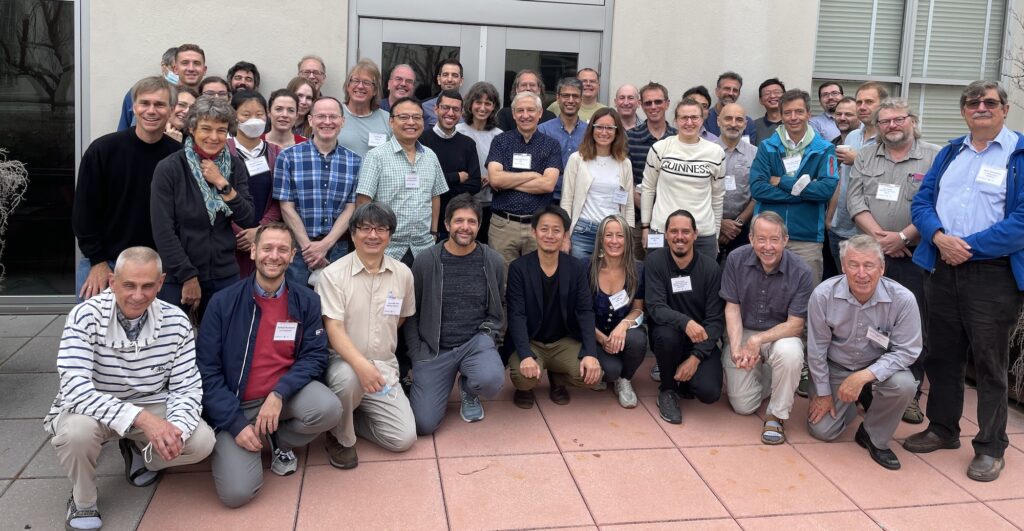
An important focus of our workshops is to increase interactions between the theoretical community, experimentalists, and observers. A factor in workshop selection is the degree to which they engage experiment. A recent example is the N3AS sponsorship of Solar Fusion III, the third decadal review of the nuclear physics of hydrogen burning stars. There was very strong participation by the international community of experimentalists who make precision measurements of low-energy nuclear decays.
Community Building
In its day-to-day operations and in the workshops it sponsors, N3AS strives to contribute to the community’s broader efforts to make our field more welcoming and consequently more diverse. Our activities are guided by our Code of Conduct. There are also more specific ways N3AS is trying to contribute:
Our undergraduate research program’s special focus on transfer students helps to support both greater economic mobility and greater diversity. The UC Transfer Pathways program was put in place out of concern that the escalating cost of public research universities was closing off opportunities for many young people. It also has important diversity goals: by multiple measures, the community college student pool is much more representative of California, a minority majority state, than the four-year student pool. By giving the transfer students both emotional and tangible support, and by building a supportive community of peers and mentors around them, we help them persist to the BA. We also help those interested in pursuing an advanced degree to find a suitable graduate program.
The NSF PREP program supports experimental and theoretical research partnerships between minority-serving institutions and Physics Frontier Centers. N3AS is keenly interested in building such partnerships with MSIs.
Beginning in 2023, N3AS became a supporter of the REYES program, Remote Experience for Young Engineers and Scientists. The REYES STEM-H learning experience is designed to increase science literacy and inspire and train the next generation. It has a strong focus on increasing the diversity of STEM disciplines through early outreach to underrepresented groups.
International Outreach
The original N3AS proposal included important partnerships with two international centers, the RIKEN-Berkeley Center and the CNRS International Research Laboratory Centre Pierre Binetruy, that would be co-located with the N3AS center at Berkeley. Both of these centers are now fully operating, supporting their own postdoctoral fellows and/or students, leveraging the N3AS effort. RIKEN and N3AS are sponsoring joint workshops to bring together the US and Japanese nuclear/particle astrophysics communities.
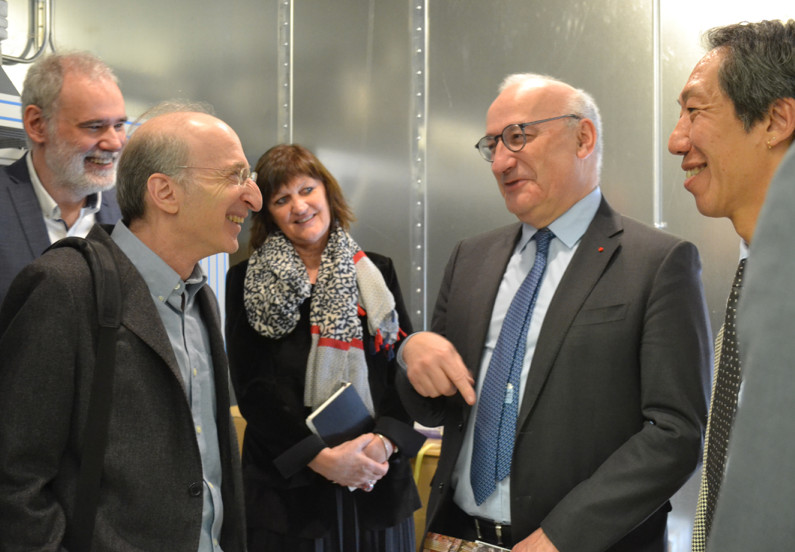
The pairing of these Centers with N3AS has been quite helpful to the international partners. N3AS provides local administrative support, so that our partners can better navigate US and local hurdles that range from visas and appointments, to the transfer of funding to support local research needs. N3AS staff can help our partners with workshops and other activities. This administrative structure is efficient, while also encouraging cooperation among the Centers.
Public Outreach
Tri-Valley Innovation Fair 2025
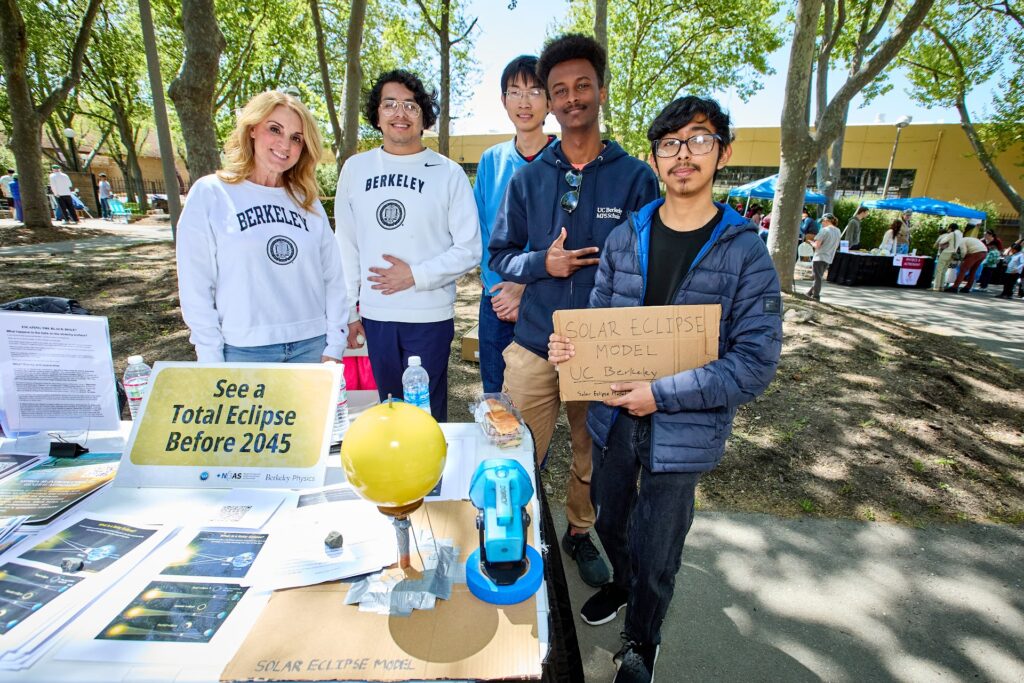
Photo by Ron Essex
N3AS tabling at the 7th annual Tri-Valley Innovation Fair, with over 3,000 attendees experiencing a variety of hands-on activities and exhibitors.
Science Palooza 2024
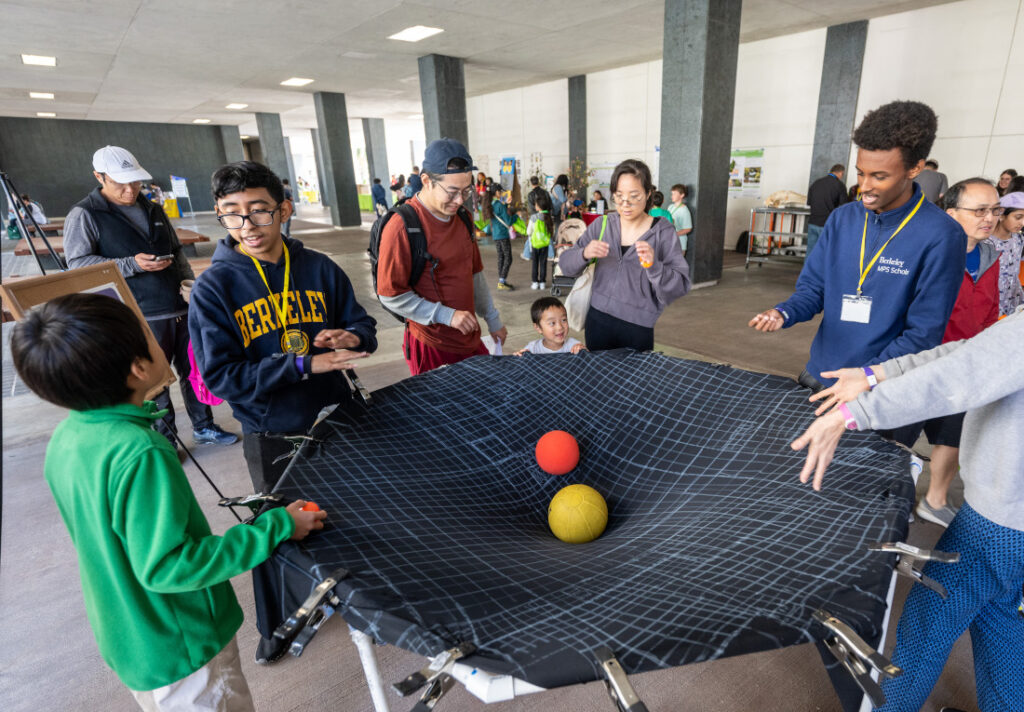
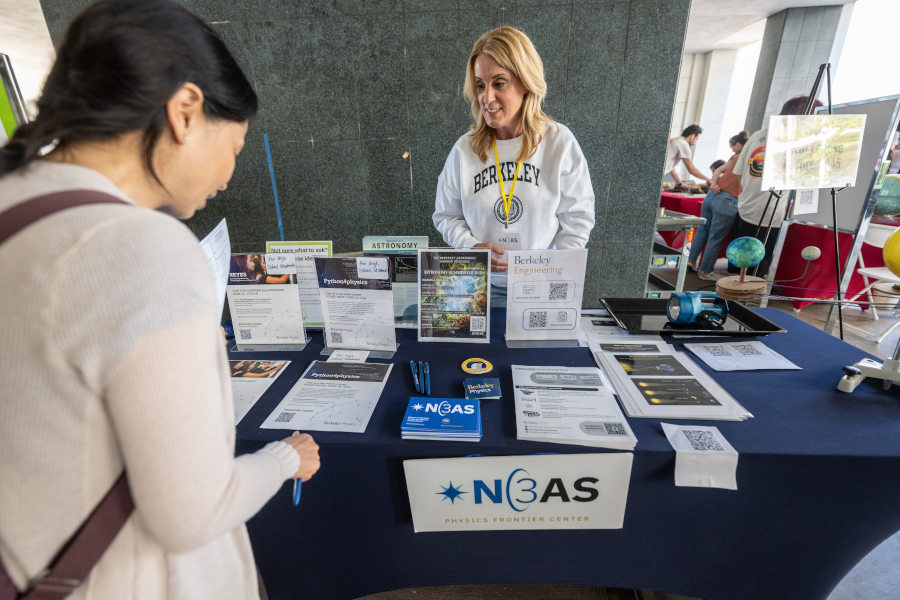
Photos © 2024 SJSU, photos by Robert C. Bain.
N3AS hands-on activities demonstrating a black hole, and experiencing a total eclipse.
Science Palooza 2022
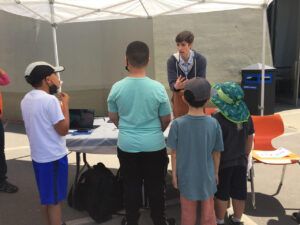
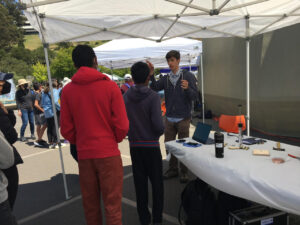
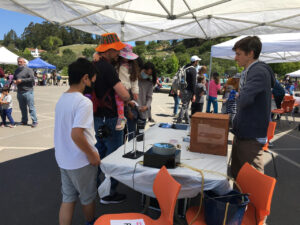
All day community festival promoting STEM among families and minority communities at the Lawrence Hall of Science, Berkeley. Viewing solar spots and understanding what dark matter is, with Sherwood Richers, Matt Pyle and students.
Additional Events
Astro-night, a community event organized with UC Berkeley Astronomy Department, using their fleet of telescopes. Talk by N3AS mentor Adrien Bayer on exoplanets. N3AS students volunteered to set up telescopes for the public.
Software
Software developed under N3AS auspices is by policy open source. We maintain a directory of available codes on our web site, along with the name of an N3AS contact for further help.
Website
The N3AS website not only serves as an organizational tool for the N3AS collaboration, but also is our most important portal to the broader astrophysics community and to the general public. Its archives include past seminars, lectures presented at our summer school, indexed directories of all N3AS publications, posters presented by our undergraduates, and Scientific American-level descriptions of both N3AS and other research intended for beginning students and the general public.
It is also an important part of our effort to keep past N3AS, RIKEN, and CPB Fellows connected to N3AS. Our web page is continually updated with tracking information on past Fellows. The web page reflects the fact that we regard past fellows as present members of N3AS.



